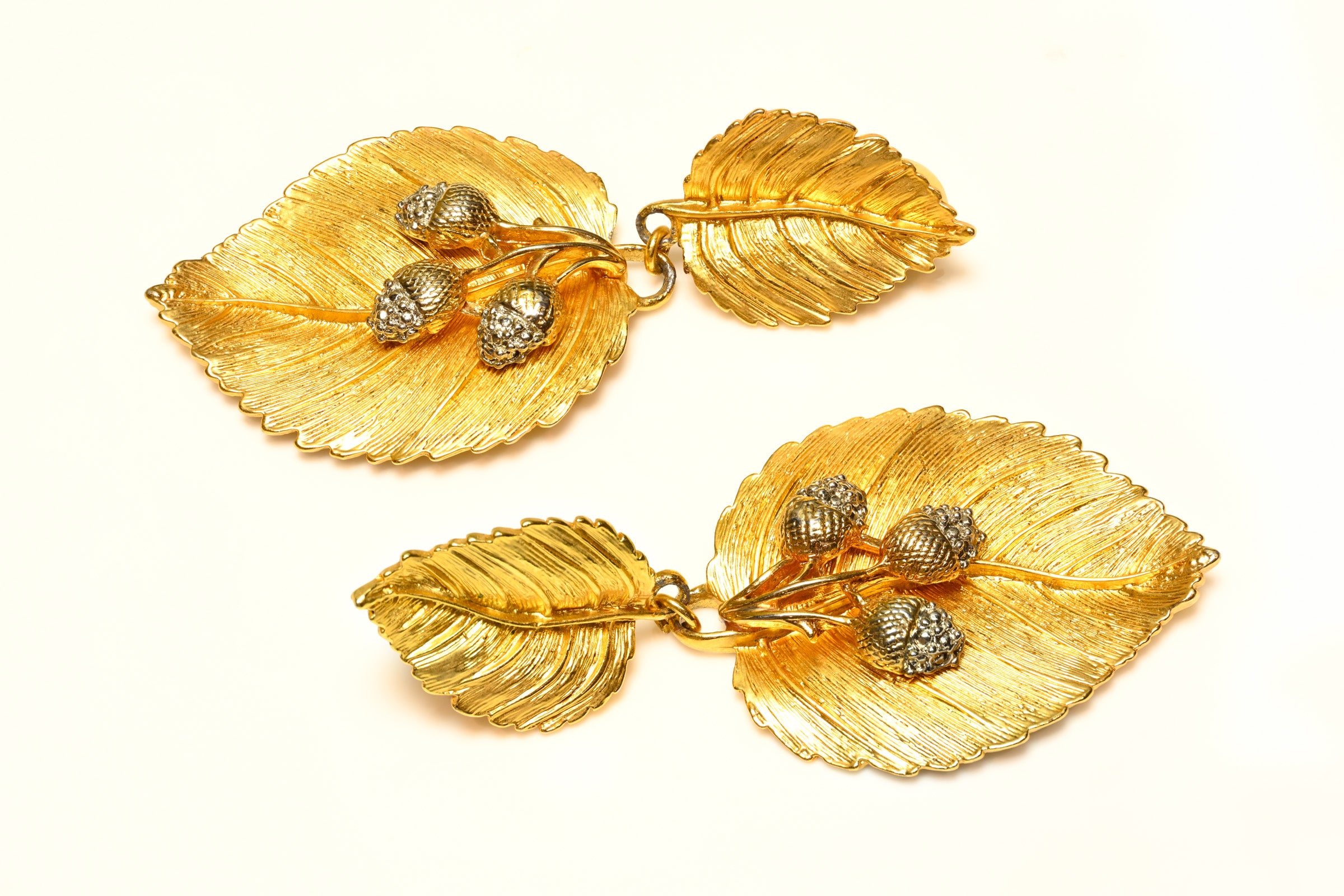"Africa Fashion" - The Largest UK Exhibition Ever Devoted To African Fashion
The famous Victoria and Albert Museum in London celebrates the diversity of the dazzling and intriguing African fashion.
The first exhibition honoring the originality of the continent's stylists and designers opens on Saturday at London's Victoria and Albert Museum (V&A), the largest museum of applied arts, decorative arts, and design in the world, according to AFP.
"Africa Fashion" is the largest exhibition ever devoted to African fashion in the UK.
Elisabeth Murray, who worked on the concept for the exhibition, explained that the main idea is to celebrate the incredible African fashion scene today.
The goal of the exhibition, she continued, is to give people an insight into the brilliance and politics of the African fashion industry.
African Fashion Is Now Praised At Its True Value
The Victoria and Albert Museum is devoted to art and design. It was founded in 1852, while the UK was expanding its dominion. Christine Checinska, the curator, remarked that African creativity has, however, been mainly ignored or under-represented because of the historical division between art and ethnographic institutions originating from our colonial history and entrenched racist ideas.
People in the UK have recently been forced to consider the country's connections to its colonial past.
The exhibition opens with the era of independence, a period of liberation, and great political, social and cultural transformation on the African continent.
"Fabric is to an African what monuments are to Westerners"
Former Ghanaian Prime Minister Kwame Nkrumah is a prime example of how dressing can make a political statement. In 1957, he appeared in public wearing an outfit composed of traditional, vibrant, and dense kenté cloth. He did it right away after proclaiming his nation's independence while making a symbolic statement by abandoning his European costume.
Even today, the choosing of a specific color or clothing pattern carries connotations.
On the African continent, a variety of fabrics, including "aso oke," "ankara," and "bologan," are made using very different materials and methods.
Sculptor El Anatsui previously offered an explanation for the phenomena when he said of artist Sonya Clark: "Fabric is to an African what monuments are to Westerners."
As is the case with "adire," an indigo-dyed cloth traditionally produced in southwest Nigeria and now made popular by companies like Maki Oh, Lagos Space Programme, and Orange Culture, fabrics are continuously being reinvented.
Designs by renowned mid-20th century designers like Malian Chris Seydou, Nigerian Shade Thomas-Fahm, and Nigerian Alphadi are displayed on two floors of the prestigious London museum alongside more recent designers like Nigerian Bubu Ogisi, whose IAMISIGO brand promotes fabrics and techniques from the African continent.
African fashion isn't stereotyped as having too many colors and patterns, contrary to the minimalist aesthetics of Rwandan brand Moshions and Kenyan brand Katush.
According to stylist Artsi Ifrach, in the show's eclectic catalog, there's a link that ties it all together, it's about a passion for culture.
The African designer pointed out that the objective is to evoke specific memories in people, to make them feel something. His wager paid off thanks to a piece of clothing made particularly for the exhibition that was modeled after a classic British raincoat and transformed into an oversized gold burka.

















